The last three reasons to bypass Osaka’s concrete scenery and head south, are perhaps the best, because what is more fun than a massive street party with demons, running with open flames or personifying your anime alter ego with a European backdrop?
Seriously? What?
Cherry blossoms and spring hog all the seasonal airtime, but come for a hot Japanese summer and be overwhelmed with festivals. Festivals are pure, dynamic culture; colour and movement, food sold in vinyl tents, fireworks. They are interactive archaeology, ritualistic and mysterious, a chance to ask questions or to join the scrum carrying (trying not to be crushed by) the mikoshi shrine. Festivals are a hundred fantastic photo opportunities.
The only problem is that they are limited time only events, usually one day a year.
Festivals are the perfect excuse to come back.
Wakamatsuri
Wakamatsuri is held the second Sunday in May, every year for at least 380 years. The crowd gather from 11 am, milling about in the grounds of Kishu Toshougu shrine, near Wakaura, filling the air with dust as the 1000+ members, young old, Japanese and foreign, of this eclectic parade prepare.
Ostensibly, the main event is the golden mikoshi, carried, drunkenly, by a hundred odd white clothed, young, inebriated men who, when they aren’t carrying the shrine, are throwing it high in the air or roiling it about alarmingly, as bodies fall underfoot and are dragged out by spectators.
An excellent time (adrenalin rush) is shared by all.
Lines of school children in traditional clothes march: boys wearing a vivid orange jacket with a hat that reminds me a little of a Parasaurolophus, while girls in saturated blue carry gorgeous orange swirled umbrellas.
There are also sumo, samurai, archers, dancers and taiko floats. Huge ‘haro’, cloth stretched over a wooden frame, resembling a primitive hot-air balloon, are carried, back-pack style, as medieval soldiers did to protect their backs from arrows. Members of the crowd are encouraged to don the haro and crouch/spin, three times to the left and to the right, to the amusement of all.
All this could be considered fun, but reasonably typical Japanese parade fare.
Bring out the demons.
A horde of demons stalks the centre of the parade, arrayed in vivid face paint, wearing Noh masks that express the range of human emotions. The most preeminent balance on tall, wooden geta, and carry long staves twisted with tinsel. The scariest one (second photo) carries a rough-hewn, giant’s rattle – a huge, clanking box which he shakes ferociously, stopping only to scare the bejezus out of each and every child, eagerly proffered by loving relatives.
Then he gives them candy.
The tradition goes that a child that cries and screams at the demons will grow up healthy. At least it might help reinforce the favourite parental threat (watch out or the monsters will come get you…)
Some people stand alongside the road, outside their shops, cradling nervous children or, in the case of at least one woman, carrying their dogs on their backs. But the circular route, meandering down from the shrine, over seawater canals and past fishing boats, is not difficult to walk, keeping pace with your favourite parade characters, or rushing ahead to see the various demonstrations each group performs, usually at crossroads.
This website (all in Japanese) has a map of the parade’s path, as well as tidbits of history and culture. City Wakayama has provided a fantastic tourist map with helpful bus information. Easiest access from JR Wakayama station is to take bus 25 from platform 2 to Wakaura-guchi stop, and then walk the few hundred metres down to Kishu Toshogu shrine which, with a beautiful view of the Wakaura bay and some bright Edo era carvings, is also an excellent sight-seeing spot at any time.
Bonus: If you ever go to Wakaura in summer, from 5pm a small shack on the beach becomes a very chill bar called Bagus, with beer, great chai and, if you’re lucky, live music.
Nachi fire-festival
One hot July morning, we boarded a sight-seeing bus, loaded mainly with the sprightly, itinerant elderly Japan cultivates. Hours later, we stood in the spray of the country’s tallest waterfall, waiting for everything to go up in flames. A group of pyromaniacs took over as one of Japan’s three biggest fire festivals began.
That year the event was on a Monday, and even so we were pressed along the edges of the ancient stone path in a massive throng of people with lenses Galileo would be willing to be excommunicated again for.
At 2 o’clock, after the ceremonies, the men departed from the shrine, racing up the steps, emerging with small brands of fire they return with to light twelve, large pine torches. These ablaze, they race again up the stairs.
This time, they returned more slowly, in a parade with 10 metre tall crimson and gold mikoshi that look similar to medieval English banners. The men heft the burning torches, each weighing about 50 kgs, around in a circle, as they descend, often letting them crash to the stone stairs, or against the railings either side, purifying the road to the shrine.
Hot, heavy torches and their tiring bearers can be a dangerous mix, but we made it through Nachi-hi-matsuri without the slightest burn, just the after-effects of being hyped up on adrenalin for 30 minutes.
The Nachi fire festival is held on the the 14th of July every year. Access is via Kii-Katsura station, which can be reached by slow, or fast (I recommend fast) train from Wakayama or Shirahama stations.
Port Europa Cosplay
Culture is ever evolving. Sure, the previous two festivals have a combined heritage that thinks English monarchs are an adorable new fad. But not everything has to be *that* old.
Manga and anime, Japanese comics and animation, lure hordes of young people to Japan every year (some to great disappointment when the country proves not to be awash with otaku). At comic cons and other nerd-pop meetings around the world, attendees come in cosplay, dressed up as their favourite comic, anime or game character. But no matter how authentic their costume, they rarely have the appropriate backdrop to complete the picture.
In Wakayama, there is Port Europa.
There is a bunch of themed parks around Japan, often European in style, many sadly bankrupt. Port Europa is another of these follies, and I’m not sure how many people actually pay to use their rides, but it is in a good location with an excellent fish market alongside, open BBQs, a lovely onsen nearby, frequent flea-markets and CandyPop’s All Genre Cosplay Event held once every few months, visited by people from all over Japan, with perfected poses for perfect photography.
Here’s a fun contest. Who can name all the characters from the red and blue dude down? (I can’t)
The participants take their photography very seriously, and most are happy to pose with you or for you.
There is a small entry fee into Port Europa, though it is free for those with an O-card (from Okuwa supermarket). Rides are bought on a per use basis, but it’s more fun to stand alongside the water-coaster and snap the expressions of all the elves and Naruto flying down it.
The CandyPop “Photography is valued” site lists all the information (in Japanese) you need to attend, either in costume (for a fee) or as an onlooker. There was one in March, and the next appears to be in July. I have always (once by accident, once by design) visited in November, so it might be easier to catch than the once annually festivals.
Port Europa is in an area called Marina City, there are direct buses from Wakayama station. From platform 1, bus 42 or 43; platform 2, bus 22; or platform 5, bus 42. The above link has a list of all the buses in Wakayama and their destinations, in English.
So there’s my list of 10 awesome, must do things in Wakayama, cultivated over 3 years living and working here, experiences which provoked my desire for a better camera, and have provided me with such good times and memories, that are the backdrop of many close friendships. Everywhere in Japan has something amazing to see, but Wakayama, despite all its history and achievements is often dismissed as rough, not worth it, or the location of Adventure World. I hope this series has proven otherwise, and given many readers the overwhelming desire to come and see for themselves, maybe more than once, maybe even stay for a while.
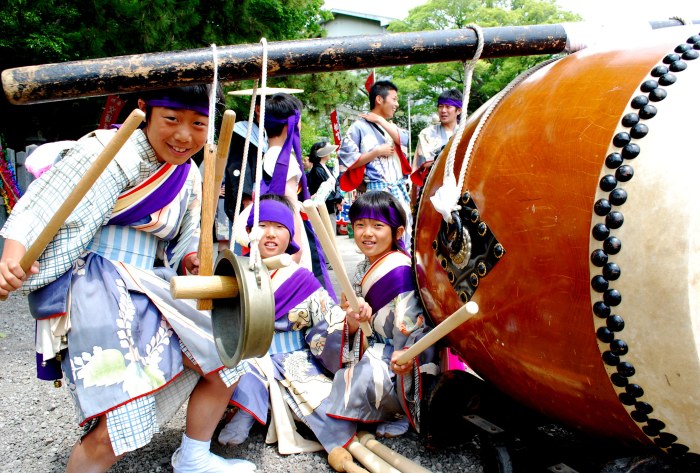
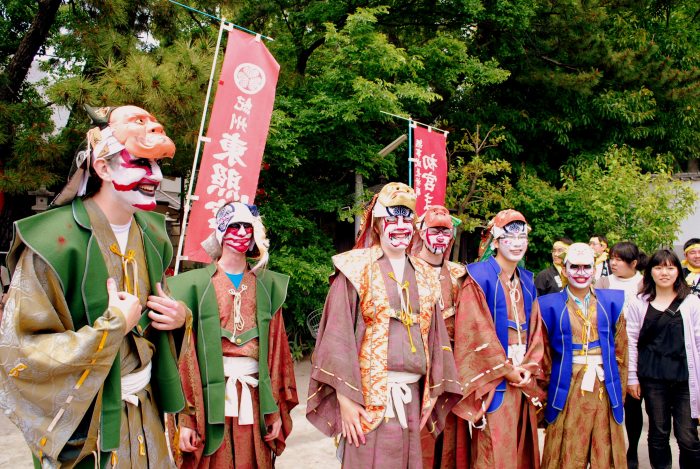



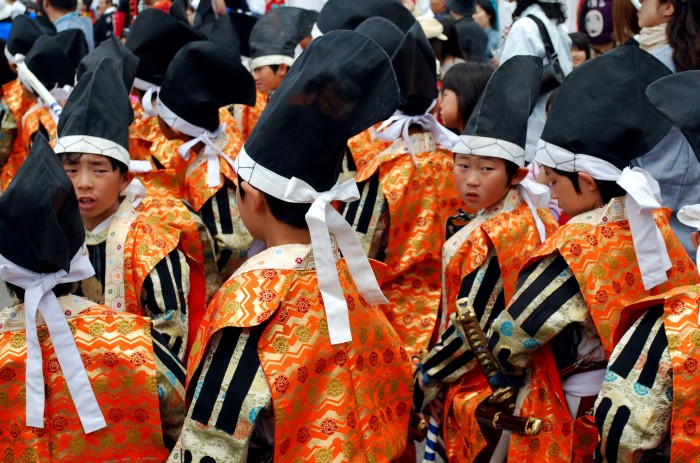







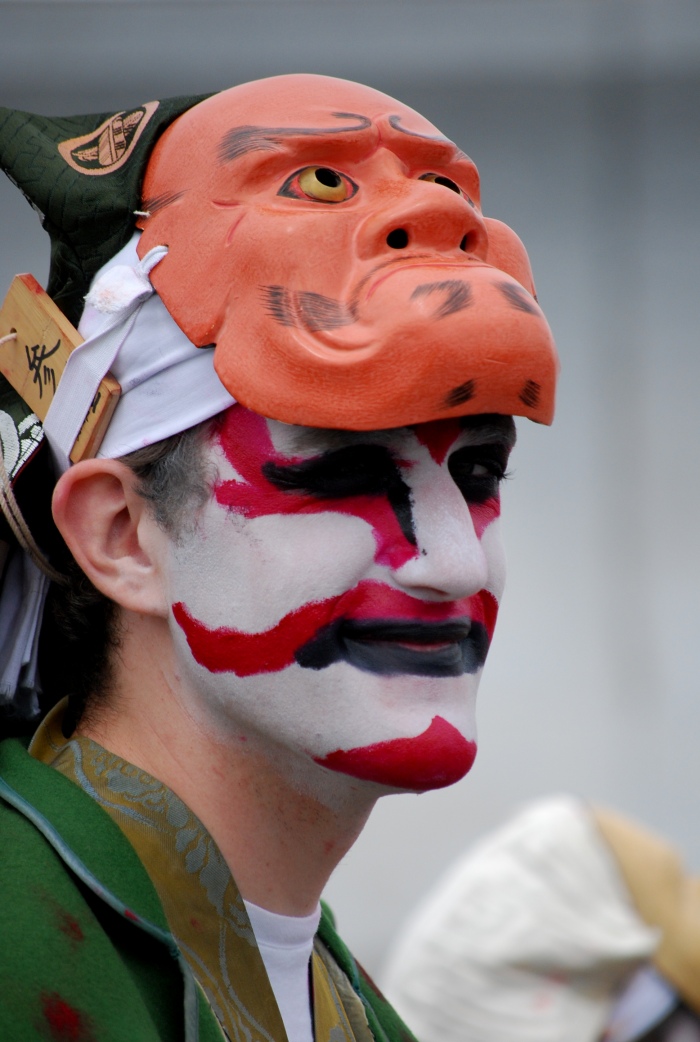

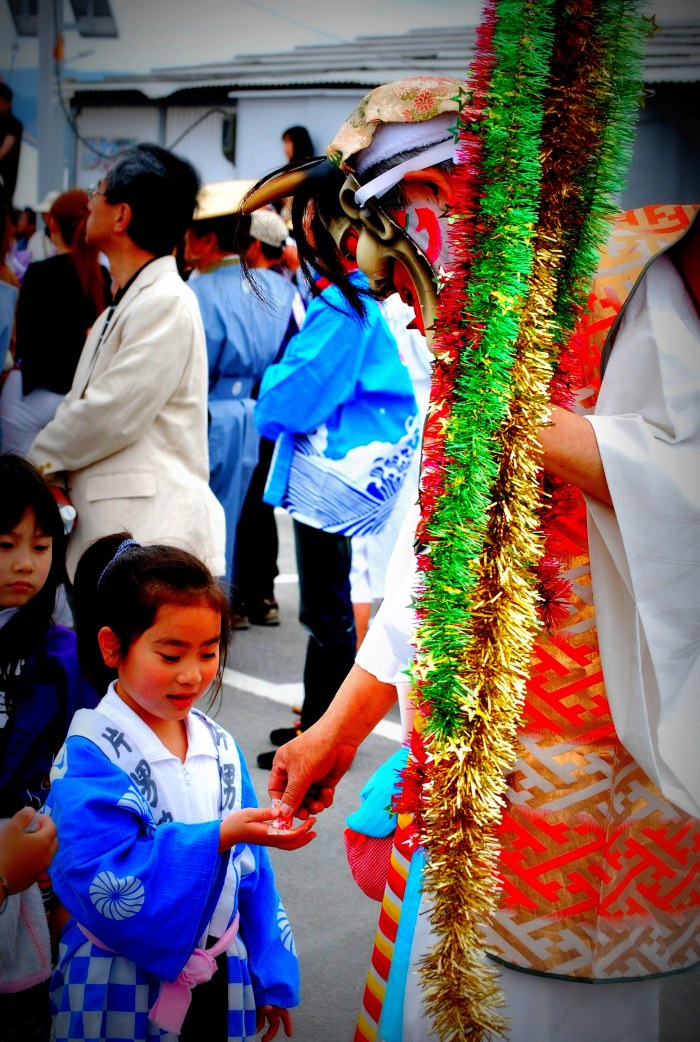
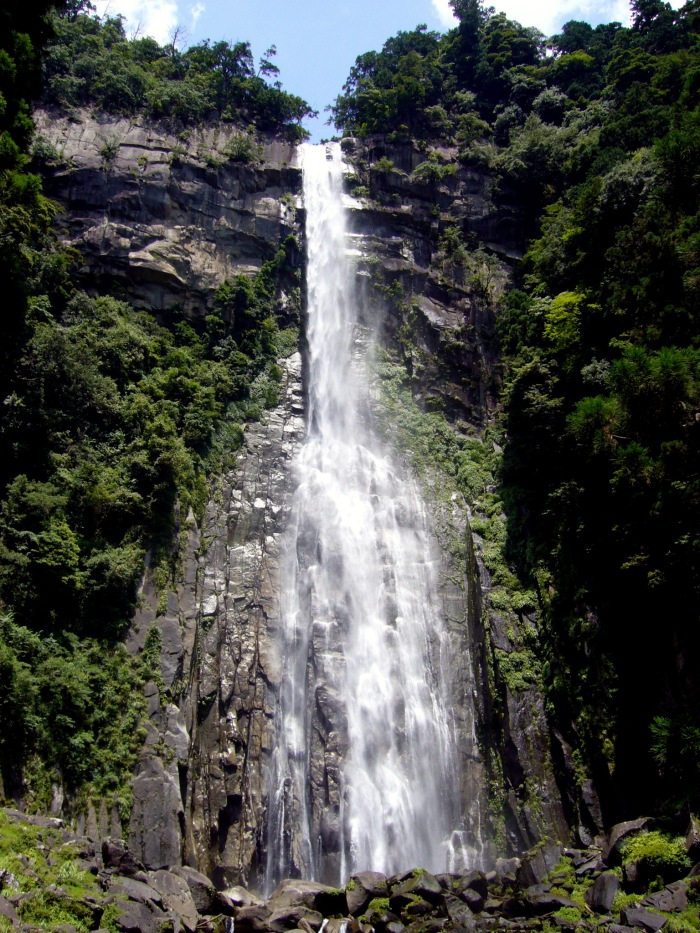
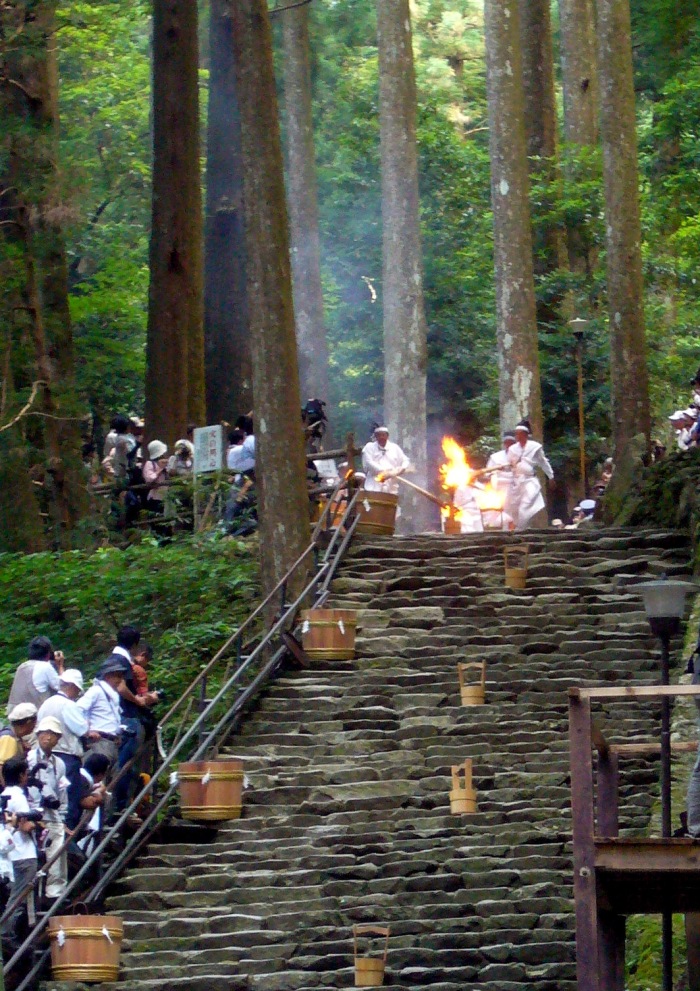

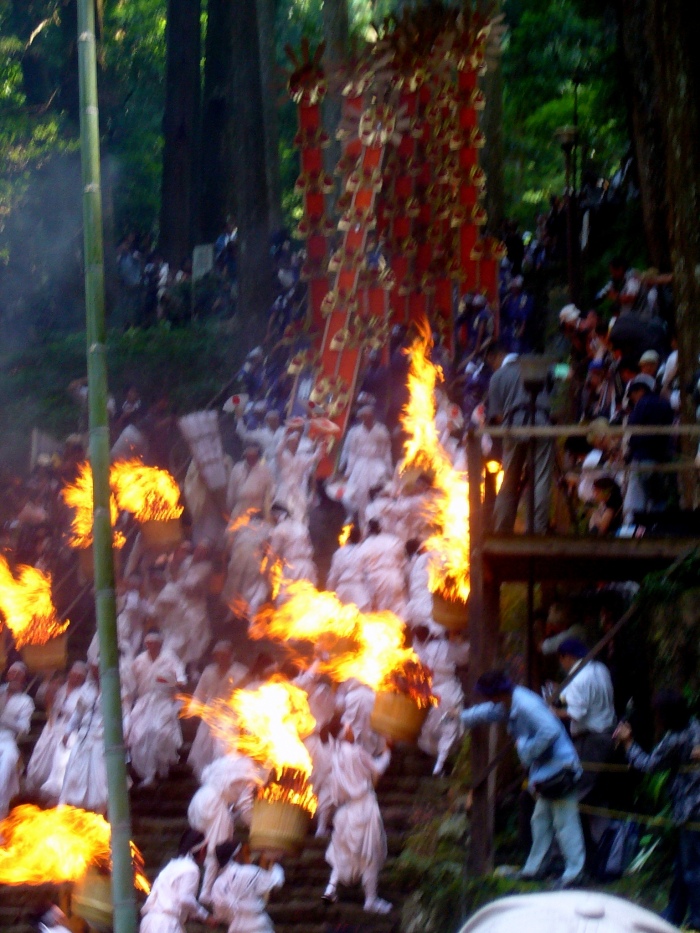


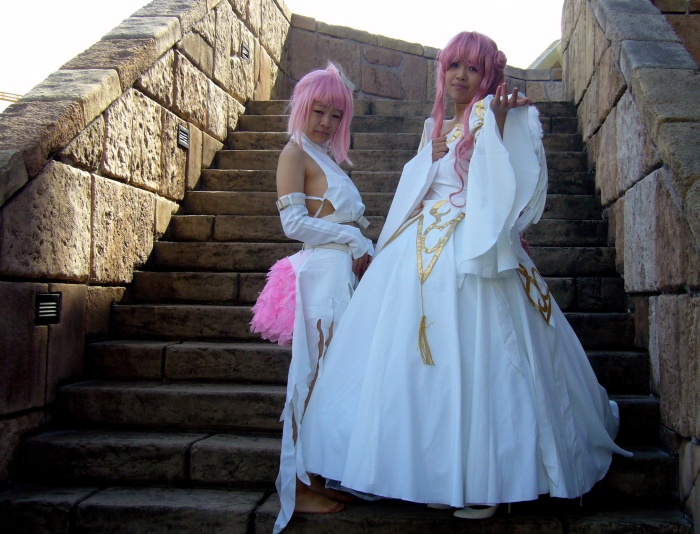
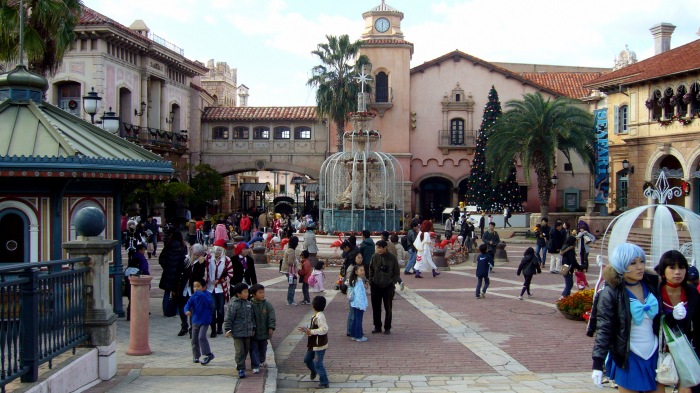
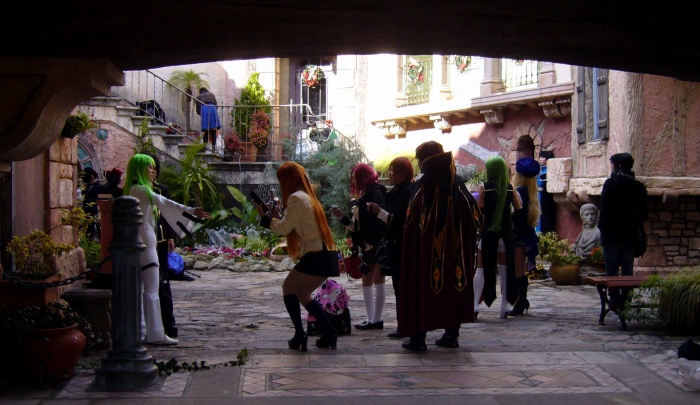




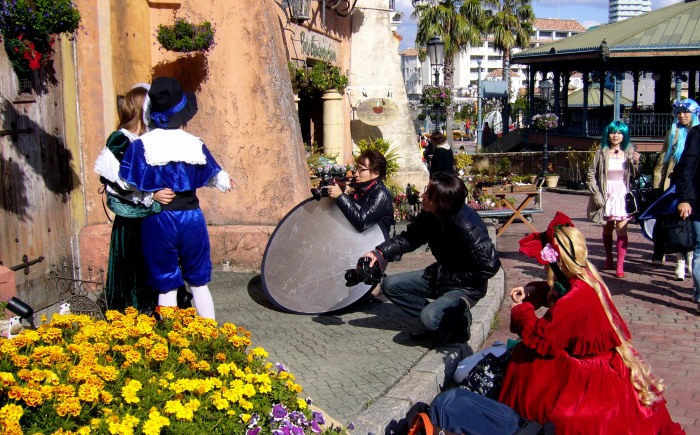


Wonderful images! Especially the first festival — so colorful. I love how everybody seems to be smiling.
LikeLike
Thanks! It’s a lot of fun. Some of my favourite photos are from that day.
LikeLike
You’ve done it again, loved it. Couldn’t help chuckling with the healthy baby bit. Watching the festivals online is definitely not as fun as going to one, you’re lucky. I love, love, manga and anime, apparently I haven’t seen enough coz I still can’t name those cosplayers from your pics. Truly amazing. In that last picture, I wonder how he balances on those clogs, they look dangerous, ^_^. If in my next lifetime i’m lucky, i’m living in Port Europa. Great post.
LikeLike
Thanks as always for your kind comments *^_^* I don’t know any of the cosplayers either, hopefully someone will come along and educate me… I bet there are awesome festivals in Kenya – that’s a place I would love to visit one day but I don’t know much about yet. Hopefully reading your blog I will learn more ^^
LikeLike
I lived and taught English in Japan a long time ago and have wanted to go back for a visit. This post just added some more fuel to that fire.Thanks!
LikeLike
Nice! Where were you teaching? I’d definitely suggest autumn, since spring/summer weather has become progressively soggier every year…
LikeLike
I was in Hirakata-shi…between Kyoto and Osaka.
LikeLike
Pingback: Photo Giveaway Contest: Challengers of Sagicho | Where Next Japan